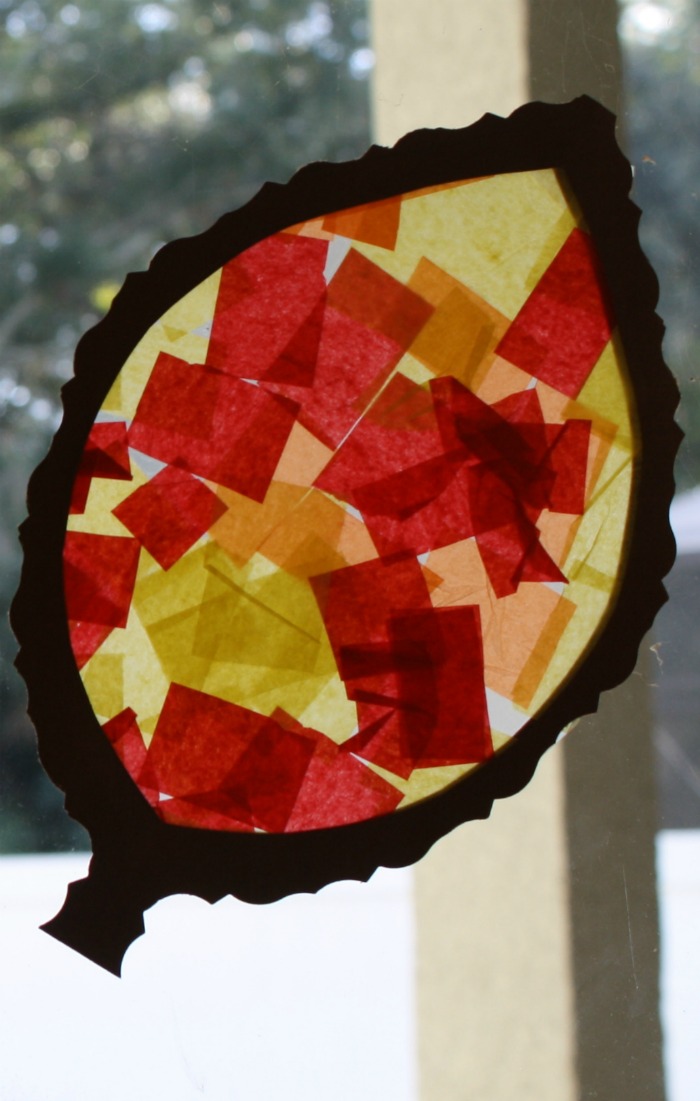
What is a D Word?
1. the fourth letter of the English alphabet, a consonant. 2. any spoken sound represented by this letter. 3. something shaped like a D. 4. a written or printed representation of the letter D or d.
What is the meaning of the Roman numeral D?
The Roman numeral D represents the number 500. D is the grade below C but above E in the school grading system. D is the International vehicle registration code for Germany (see also .de ).
What is the meaning of D in physics?
(Mathematics) maths the first derivative of a function, as in D ( x3 + x2) = 3 x2 + 2 x 4. (General Physics) physics 5. (Aeronautics) aeronautics drag
What is the meaning of also D?
Also found in: Thesaurus, Medical, Legal, Financial, Acronyms, Idioms, Encyclopedia, Wikipedia . 1. The symbol for the isotope deuterium. 2. also d The symbol for the Roman numeral 500. 3. Sports 4. Democrat 1. The fourth letter of the modern English alphabet. 2. Any of the speech sounds represented by the letter d. 3. The fourth in a series. 4.

Why is vitamin D so important?
It is a fat-soluble vitamin that has long been known to help the body absorb and retain calcium and phosphorus; both are critical for building bone. Also, laboratory studies show that vitamin D can reduce cancer cell growth, help control infections and reduce inflammation.
What does vitamin D come from?
Vitamin D isn't naturally found in many foods, but you can get it from fortified milk, fortified cereal, and fatty fish such as salmon, mackerel and sardines. Your body also makes vitamin D when direct sunlight converts a chemical in your skin into an active form of the vitamin (calciferol).
Can you take too much D3?
The main consequence of vitamin D toxicity is a buildup of calcium in your blood (hypercalcemia), which can cause nausea and vomiting, weakness, and frequent urination. Vitamin D toxicity might progress to bone pain and kidney problems, such as the formation of calcium stones.
When should I take vitamin D morning or night?
There's no set time of day that's best to take vitamin D supplements. Some people say taking vitamin D supplements at night is an insomnia risk. There's no research to confirm this, but you might want to take your supplement earlier in the day if you think it's screwing with your sleep.
Which fruit is rich in vitamin D?
FOODbcSMALLER PORTIONdVitamin D (IU)FruitOrange juice, 100%, fortified1/2 cup50Other SourcesAlmond beverage (almond milk), unsweetened1/2 cup5419 more rows
What happens if your vitamin D is low?
Vitamin D deficiency can lead to a loss of bone density, which can contribute to osteoporosis and fractures (broken bones). Severe vitamin D deficiency can also lead to other diseases. In children, it can cause rickets. Rickets is a rare disease that causes the bones to become soft and bend.
What is the difference between vitamin D and vitamin D3?
There are two possible forms of vitamin D in the human body: vitamin D2 and vitamin D3. Both D2 and D3 are simply called “vitamin D,” so there's no meaningful difference between vitamin D3 and just vitamin D.
Can vitamin D cause high blood pressure?
Vitamin D deficiency may be linked to heart disease and an increased risk of high blood pressure (hypertension).
Do vitamin D3 have side effects?
Too much vitamin D can cause harmful high calcium levels. Tell your doctor right away if any of these signs of high vitamin D/calcium levels occur: nausea/vomiting, constipation, loss of appetite, increased thirst, increased urination, mental/mood changes, unusual tiredness.
Does vitamin D Help sleep?
Results: Vitamin D receptors and the enzymes that control their activation and degradation are expressed in several areas of the brain involved in sleep regulation. Vitamin D is also involved in the pathways of production of Melatonin, the hormone involved in the regulation of human circadian rhythms and sleep.
Can vitamin D affect sleep?
Several studies reported that vitamin D receptors (VDR) were expressed in brain areas that regulate the sleep–wake cycle, such as the hypothalamus [18,19]. This evidence indicated that higher vitamin D status was inversely associated with the risk of sleep disorders.
Which vitamins should you not take together?
Here are six vitamin combinations you definitely shouldn't take together.Magnesium and calcium/multivitamin. ... Vitamins D, E and K. ... Fish Oil & Gingko Biloba. ... Copper and zinc. ... Iron and Green tea. ... Vitamin C and B12.
What does the letter D stand for?
Use in writing systems. The letter D, standing for "Deutschland" ( German for " Germany "), on a boundary stone at the border between Austria and Germany. In most languages that use the Latin alphabet, and in the International Phonetic Alphabet, ⟨d⟩ generally represents the voiced alveolar or voiced dental plosive /d/.
What is the minuscule form of D?
The minuscule (lower-case) form of 'd' consists of a loop and a tall vertical stroke. It developed by gradual variations on the majuscule (capital) form. In handwriting, it was common to start the arc to the left of the vertical stroke, resulting in a serif at the top of the arc.
What is the letter D in sign language?
In British Sign Language (BSL), the letter 'd' is indicated by signing with the right hand held with the index and thumb extended and slightly curved, and the tip of the thumb and finger held against the extended index of the left hand.
What does the D sign mean?
Other definitions for 'd (6 of 12) Symbol. the fourth in order or in a series. (sometimes lowercase) (in some grading systems) a grade or mark, as in school or college, indicating the quality of a student's work as poor or barely passing.
What is the fourth letter of the alphabet?
the fourth letter of the English alphabet, a consonant. any spoken sound represented by the letter D or d, as in dog, ladder, ladle, or pulled. a written or printed representation of the letter D or d. a device, as a printer's type, for reproducing the letter D or d.
What is vitamin D?
Depression. Vitamin D is involved in various brain processes, and vitamin D receptors are present on neurons and glia in areas of the brain thought to be involved in the pathophysiology of depression [ 128 ].
Where does vitamin D come from?
Vitamin D obtained from sun exposure, foods, and supplements is biologically inert and must undergo two hydroxylations in the body for activation. The first hydroxylation, which occurs in the liver, converts vitamin D to 25-hydroxyvitamin D [25 (OH)D], also known as “calcidiol.”.
What is the recommended vitamin D for infant formula?
Ready-to-eat breakfast cereals often contain added vitamin D, as do some brands of orange juice, yogurt, margarine, and other food products. The United States mandates the fortification of infant formula with 1–2.5 mcg/100 kcal (40–100 IU) vitamin D; 1–2 mcg/100 kcal (40–80 IU) is the required amount in Canada [ 1 ].
What is the vitamin D in animal food?
An animal’s diet affects the amount of vitamin D in its tissues. Beef liver, cheese, and egg yolks have small amounts of vitamin D, primarily in the form of vitamin D 3 and its metabolite 25 (OH)D 3. Mushrooms provide variable amounts of vitamin D 2 [ 17 ].
Why is vitamin D important for muscle growth?
Vitamin D is also needed for the normal development and growth of muscle fibers. In addition, inadequate vitamin D levels can adversely affect muscle strength and lead to muscle weakness and pain (myopathy) [ 1 ].
What is a DRI?
DRI is the general term for a set of reference values used for planning and assessing nutrient intakes of healthy people. These values, which vary by age and sex, include:
Does vitamin D help with muscle cramps?
Vitamin D promotes calcium absorption in the gut and maintains adequate serum calcium and phosphate concentrations to enable normal bone mineralization and to prevent hypocalcemic tetany (involuntary contraction of muscles, leading to cramps and spasms).
What is the difference between static inference and D?
D allows writing large code fragments without redundantly specifying types, like dynamic languages do. On the other hand, static inference deduces types and other code properties, giving the best of both the static and the dynamic worlds. Show example
What is the DMD manual?
Refer to the language specification and the documentation of Phobos, D's standard library. The DMD manual tells you how to use the compiler. Read various articles to deepen your understanding.

Overview
D, or d, is the fourth letter of the modern English alphabet and the ISO basic Latin alphabet. Its name in English is dee , plural dees.
Architecture
The minuscule (lower-case) form of 'd' consists of a lower-story left bowl and a stem ascender. It most likely developed by gradual variations on the majuscule (capital) form 'D', and today now composed as a stem with a full lobe to the right. In handwriting, it was common to start the arc to the left of the vertical stroke, resulting in a serif at the top of the arc. This serif was extended while the rest of the letter was reduced, resulting in an angled stroke and loop. The angled stroke slow…
Use in writing systems
In most languages that use the Latin alphabet, and in the International Phonetic Alphabet, ⟨d⟩ generally represents the voiced alveolar or voiced dental plosive /d/. However, in the Vietnamese alphabet, it represents the sound /z/ in northern dialects or /j/ in southern dialects. (See D with stroke and Dz (digraph).) In Fijian it represents a prenasalized stop /nd/. In some languages where voiceless unaspir…
Other uses
• The Roman numeral D represents the number 500.
• D is the grade below C but above E in the school grading system.
• D is the International vehicle registration code for Germany (see also .de).
• In Cantonese: Because the lack of Unicode CJK support in the early computer system, many Hong Kongers and Singaporeans used the capitalized D to represent 啲 (lit. a little).
Related characters
• Ɖ ɖ : African D
• Ð ð : Latin letter Eth
• D with diacritics: Đ đ Ꟈ ꟈ Ɗ ɗ Ḋ ḋ Ḍ ḍ Ḑ ḑ Ḓ ḓ Ď ď Ḏ ḏ
• Phonetic symbols related to D:
Use as a number
In the hexadecimal (base 16) numbering system, D is a number that corresponds to the number 13 in decimal (base 10) counting. In the binary (base 2) numbering system, D is denoted by 1101.
External links
• The dictionary definition of D at Wiktionary
• The dictionary definition of d at Wiktionary